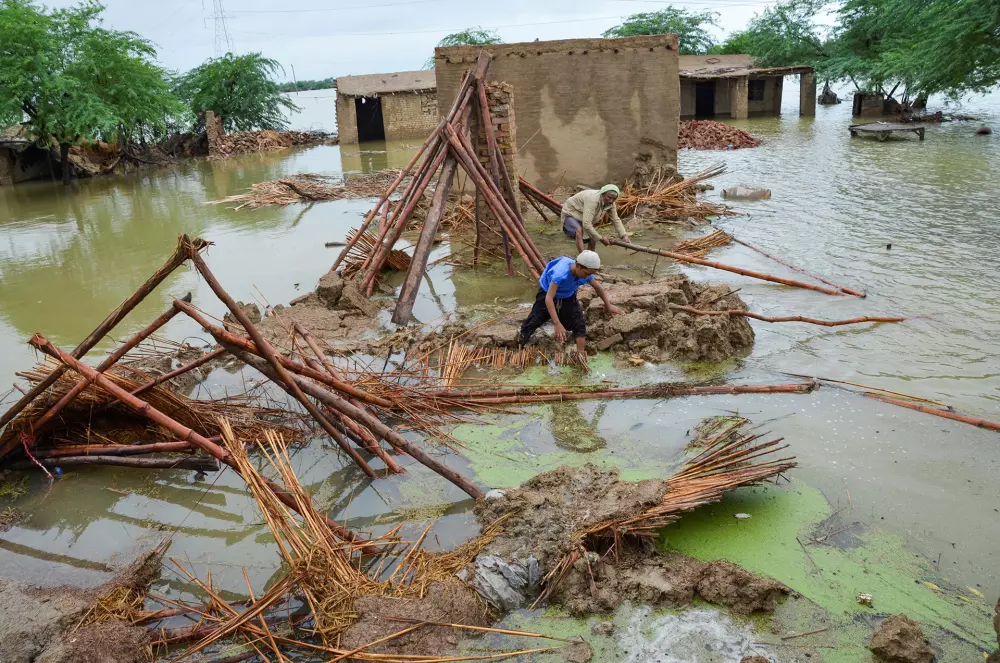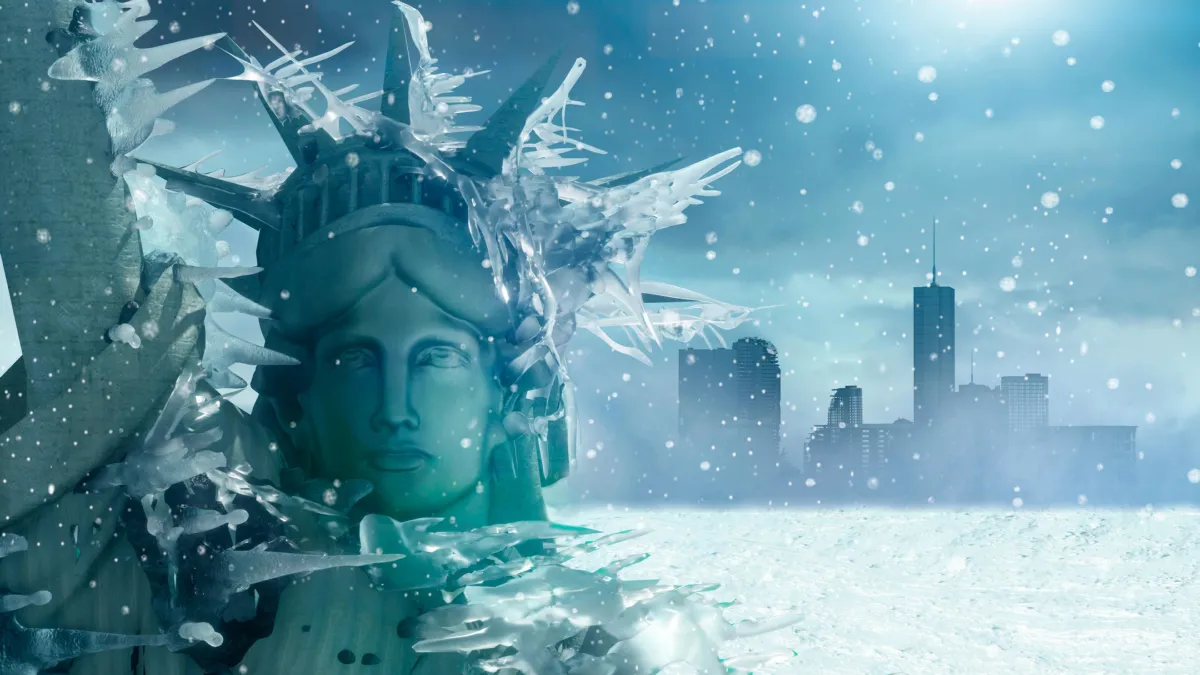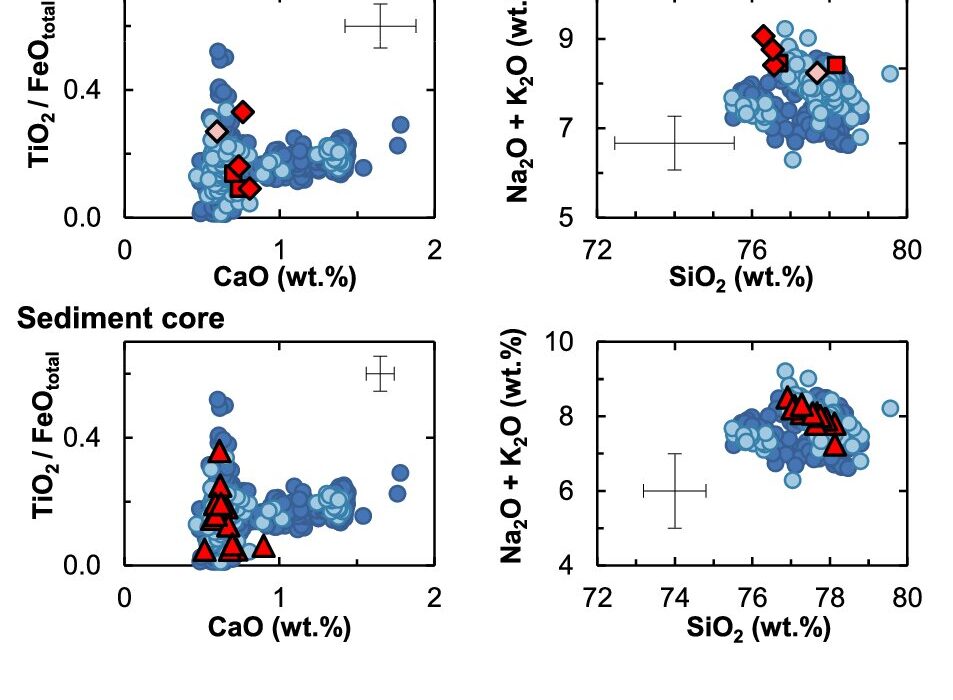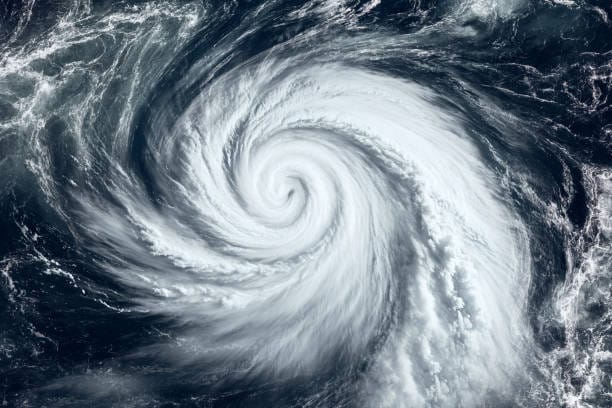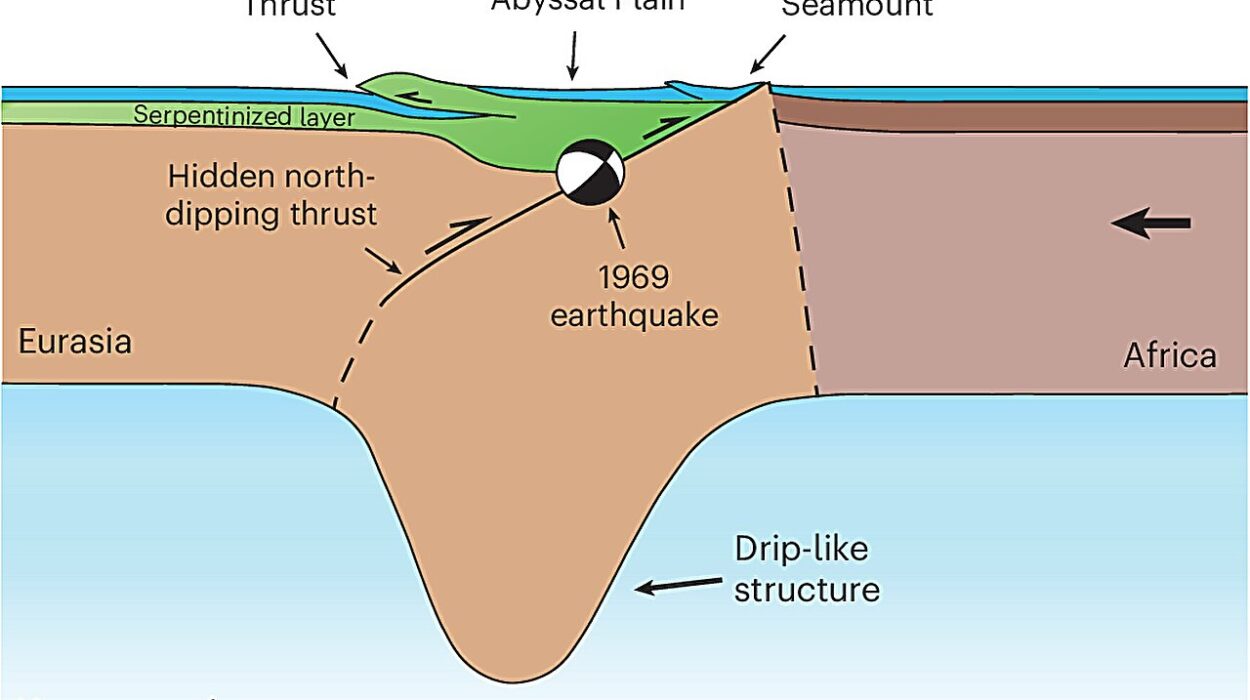As summers grow hotter, storms grow more violent, and rain falls harder or not at all, scientists have uncovered a powerful force behind the worsening chaos—one that’s been silently shifting the gears of Earth’s atmosphere for decades.
A new study published this week in the Proceedings of the National Academy of Sciences reveals that climate change has tripled the number of summer weather events caused by planetary wave disruptions in the last 75 years. These amplified atmospheric waves, once rare, are now three times as likely to lock weather systems in place, triggering prolonged heat waves, unrelenting droughts, and devastating floods across the globe.
In short, the jet stream—the fast-moving ribbon of air that steers weather across the Northern Hemisphere—is breaking its rhythm. And when it gets stuck, so does everything else.
A Summer of Surprises, Rooted in the Sky
If you’ve ever wondered why one part of the world is drowning in record rainfall while another bakes under weeks of brutal sun, the answer might lie in a wavy, invisible dance high above your head. Planetary waves—gigantic undulations in the jet stream—can flow smoothly for weeks, nudging weather patterns across continents. But under certain conditions, they amplify, become distorted, and stop moving. This atmospheric stalling is called quasi-resonant amplification, or QRA.
“When these waves lock into place, they can wreak havoc,” said study co-author Michael Mann, a climate scientist at the University of Pennsylvania. “A high-pressure system can get stuck over the West, bringing heat and wildfires, while a low-pressure system sits over the East, causing nonstop rain.”
Mann pointed to the summer of 2018 as a textbook example: the western U.S. battled relentless wildfires and drought, while the East endured torrential rains and flooding for weeks. The same underlying wave dynamics were behind the catastrophic 2021 Pacific Northwest heat dome, the 2010 Russian inferno and Pakistan’s deadly flooding, and the 2003 European heatwave that claimed tens of thousands of lives.
From One to Three: A Dangerous Acceleration
Back in the 1950s, Earth averaged one such extreme wave event per summer. Today, it’s closer to three. That exponential jump, Mann and his colleagues found, is directly tied to human-driven climate change.
Specifically, the warming of the Arctic—now heating up at nearly four times the global average—is narrowing the temperature gap between the poles and the equator. That gap is what drives the jet stream. As it shrinks, the jet stream weakens, making it easier for planetary waves to amplify and freeze in place.
“It’s like giving the atmosphere a limp,” Mann said. “Instead of pushing storms and heat systems along their normal paths, it stalls them.”
And when weather stalls in our warming world, the results are increasingly catastrophic. Crops fail. Rivers flood. Power grids buckle. And computer models—the tools we depend on for predicting such outcomes—continue to underestimate the frequency and intensity of these events.
Climate Models Miss the Mark
For years, climate scientists have warned that extreme weather will become more common. But the pace and intensity of these changes have shocked even veteran researchers.
One key reason? Most long-range climate models haven’t fully captured the QRA mechanism.
“The increase in extremes has been faster and more severe than expected,” said Jennifer Francis, a senior scientist at the Woodwell Climate Research Center, who was not involved in the study. “Wave resonance appears to be a missing piece in the puzzle. It’s amplifying already dangerous conditions by making them stick around much longer.”
Francis, who has studied the polar vortex and its impact on winter weather, emphasized that this summer mechanism is a separate, equally powerful process. Instead of winter cold snaps, QRA traps summer heat domes, droughts, and deluges, turning them from short-lived anomalies into persistent disasters.
And because many climate models underrepresent this effect, real-world consequences are arriving faster than our projections can predict.
El Niño and the Summer of 2024: A Ticking Clock
Adding to the urgency is a troubling natural connection. When an El Niño—a periodic warming of the central Pacific Ocean—fades, the following summer tends to see more QRA events. This is due to the way El Niño influences global atmospheric circulation.
Mann warns that because the summer of 2024 follows a strong El Niño event, it is statistically more likely to see these stuck jet stream patterns.
“This summer is primed for more of these amplified wave events,” he said. “That means greater risk of prolonged heat waves, extended droughts, and flooding rains that don’t stop.”
The stage is already set, and with much of the Northern Hemisphere entering peak summer, the forecast isn’t just about temperature—it’s about time. How long will heat waves last? How long will droughts linger? And how long before this new normal becomes permanent?
The Price of Inaction
As the world continues to pump greenhouse gases into the atmosphere—mostly from fossil fuels—we are effectively tightening the noose on our own weather systems. The feedback loop is vicious: warming causes jet stream weakness, which causes QRA, which causes extreme events, which further strain human and natural systems.
“Unless we dramatically reduce greenhouse gas emissions, we’re locking ourselves into a future of relentless, punishing summers,” Francis warned. “Heat waves will get hotter, last longer, and grow in scale. Droughts will decimate more farmland. Floods will upend more communities.”
And while QRA might sound like an obscure scientific term, its impact is becoming deeply personal. It’s the difference between a summer shower and a month-long monsoon. Between a hot week and a record-shattering inferno. Between a functioning farm and one burned to dust.
Seeing the Patterns, Shifting the Path
The strength of this new study isn’t just in the data—it’s in the connection it makes between invisible atmospheric forces and the everyday realities people now face with growing frequency.
It reframes the weather not as a series of isolated events, but as part of a larger, more dangerous rhythm: one increasingly shaped by human hands.
“We’re disrupting the very architecture of the atmosphere,” Mann said. “And we’re just beginning to understand the consequences.”
For the farmers watching their fields crack, for the families evacuating floodwaters, for the cities rewriting heat emergency plans—it’s not just science. It’s survival.
If there’s any silver lining, it’s that understanding these patterns gives us a clearer path forward. Policymakers, urban planners, and emergency services can use this knowledge to better prepare for what’s coming. But more importantly, it underscores the urgency of climate action—not just to reduce emissions in the future, but to curb the extreme weather spirals already underway.
Because the waves are rising. And unless we act, we may all be stuck in the storm.
Reference: Xueke Li et al, Increased frequency of planetary wave resonance events over the past half-century, Proceedings of the National Academy of Sciences (2025). DOI: 10.1073/pnas.2504482122
